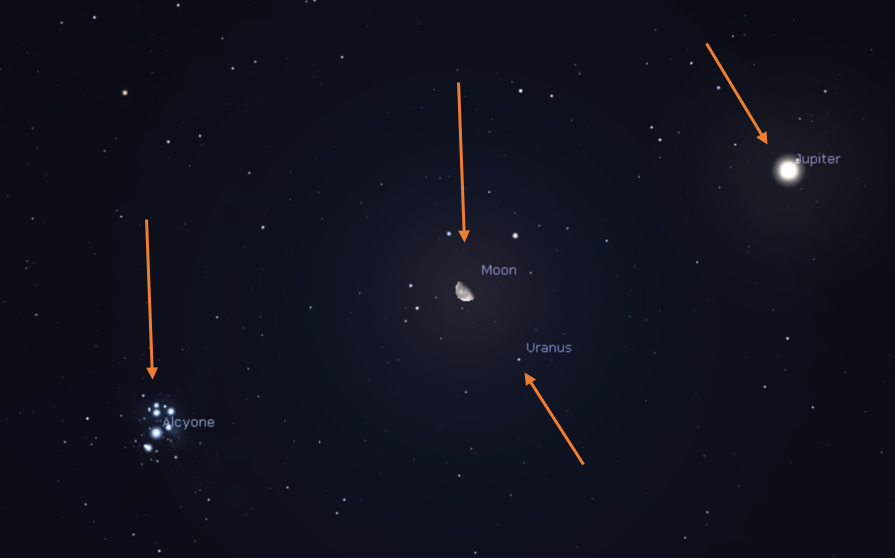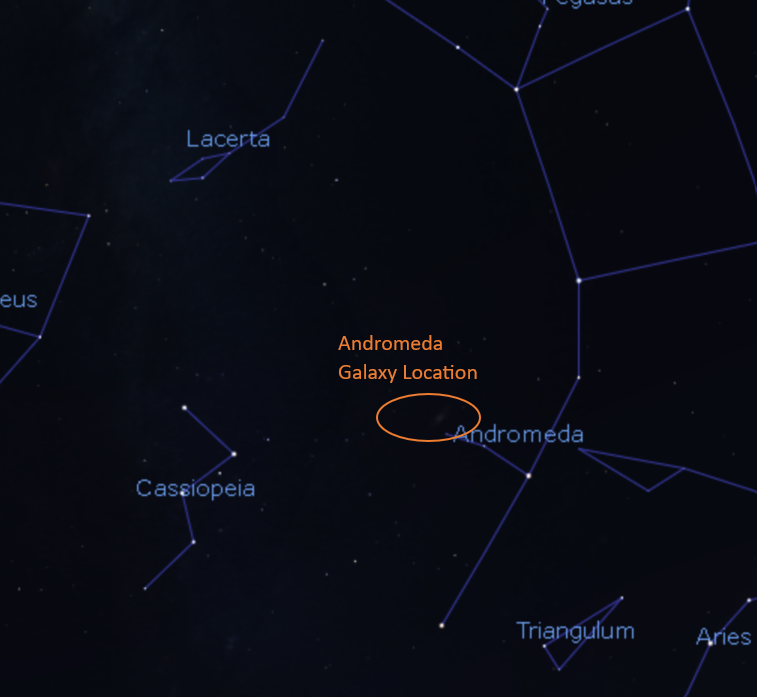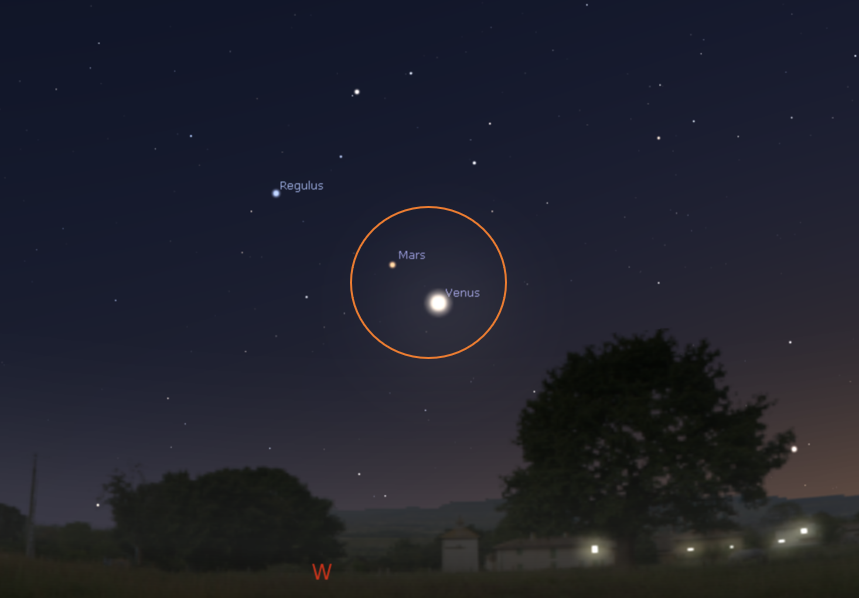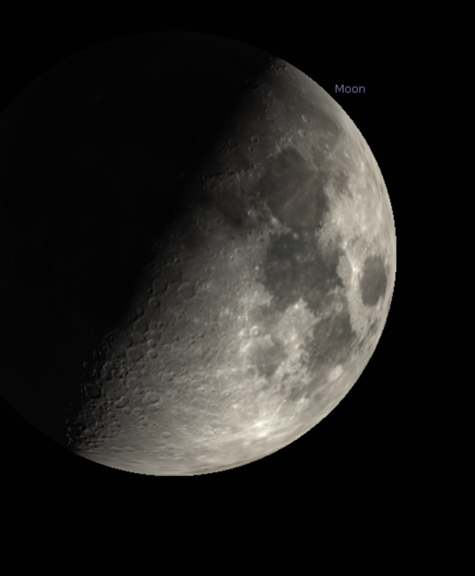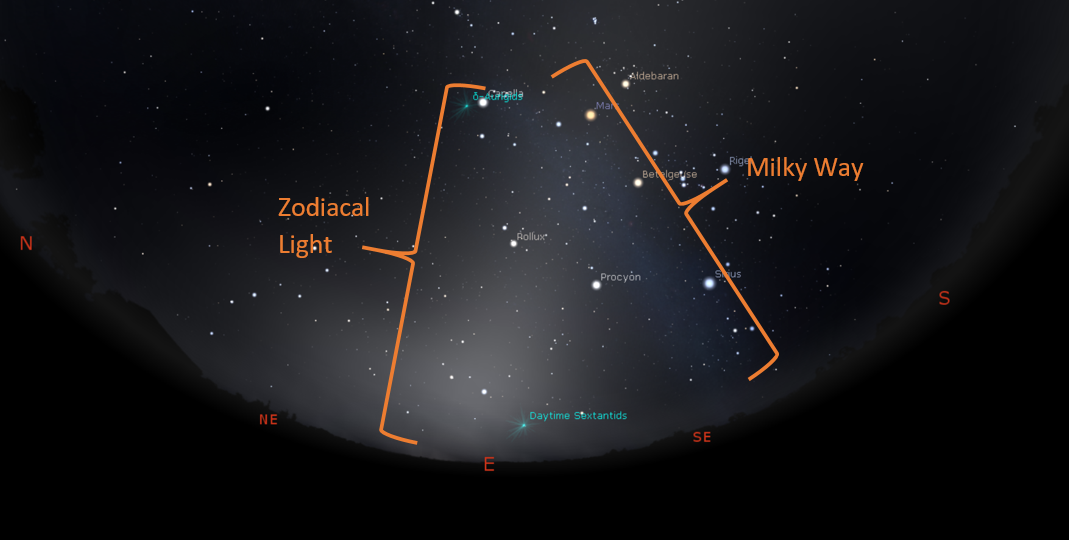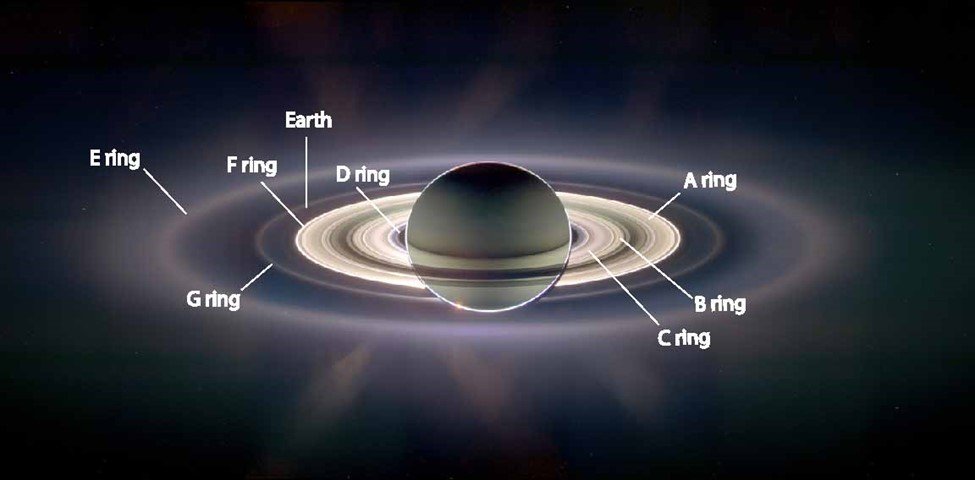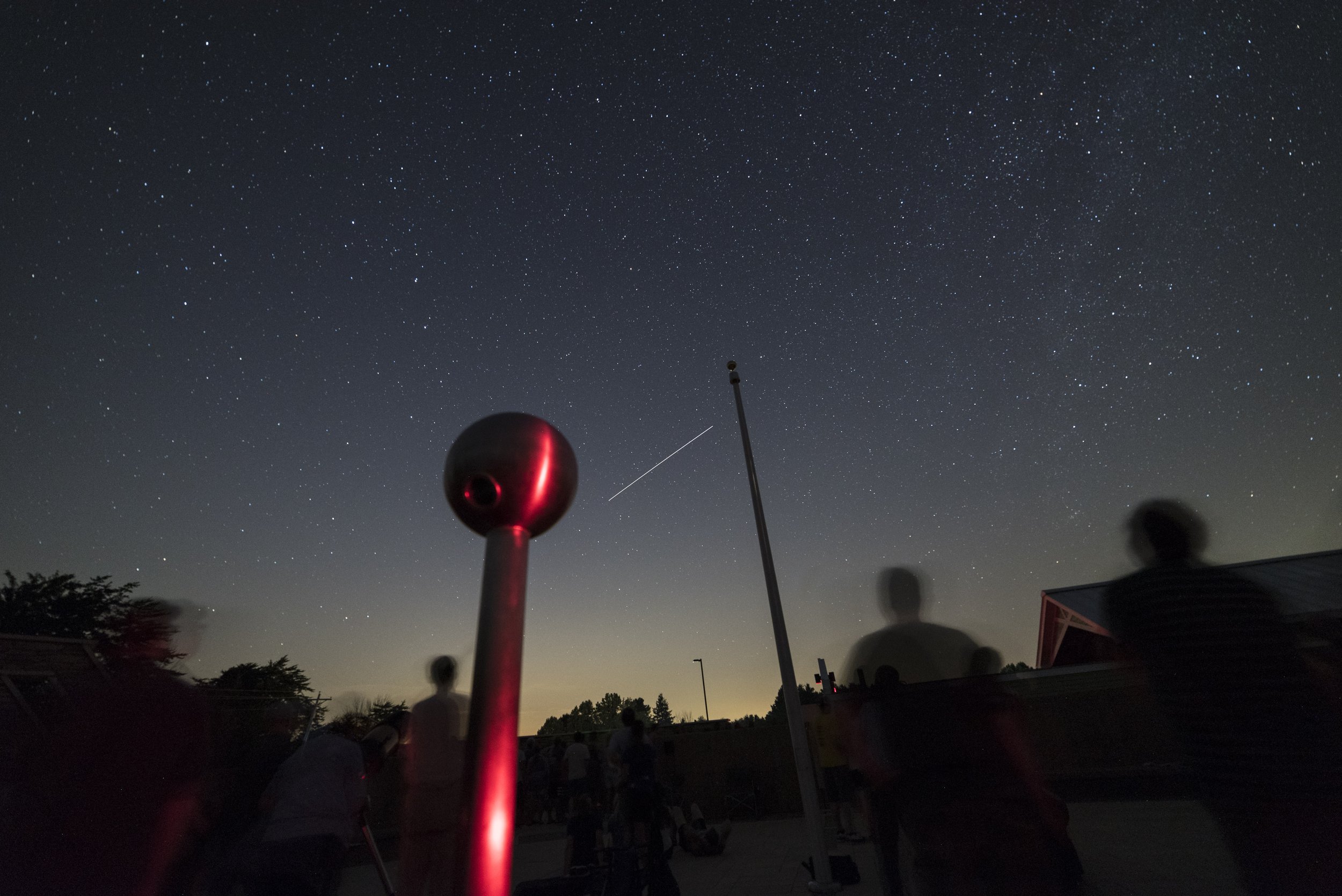What’s Up This Second Week of February
The forecast is somewhat promising, pointing towards clear skies near the middle of the week and partially clear skies near next weekend. The temperature once the sun has set will be dropping through the freezing point, so make sure you’re still dressing really warm, despite some of the warm days Ohio has had recently. Sunset is right around 5:50 PM, be ready for dark skies around one hour later. Be on the lookout this week for the moon passing some outer planets, as well as the Pleiades, and a cosmic heart, the Heart Nebula. I will also include a brief section on the expanding universe and the Hubble Constant.
This past Friday, February 9, was the new moon, so you may likely see a razor-thin crescent in the western skies early this week. Passing through its waxing crescent phase, the moon squeaked past Saturn on Saturday. If you missed that, don’t worry, you can still see the gas giant right above the western horizon after sunset with a good pair of binoculars.
On Wednesday, February 14, the moon will pass by Jupiter, the other easily spotted outer planet. The moon will be a bit bright, even while in its crescent phase but luckily Jupiter is shining at magnitude -2.25 which can easily pierce through the lunar halo. A set of binoculars is also a great choice for viewing Jupiter and may even resolve some of the brightest moons.
The moon and Jupiter will appear near to one another in the sky on the evening of the 14th. They are, however, at vastly different distances.
Two days later, on Friday, February 16, the moon will be merely 5 degrees away from the Pleiades star cluster. Normally the Pleiades is easily spotted as the “Seven Sisters” of stars, but the first quarter moon will be too bright to see most of the brightest stars in the cluster. [Image: The top image displays what the Pleiades cluster and the surrounding nebulosity would look like without the moon’s halo. The bottom image is a more realistic representation of what a stargazer can expect to see with just 5 degrees of separation from the moon.]
The moon is so bright, the normally easy-to-see Pleaides are quite challenging when the half moon is near.
In the spirit of Valentine’s Day this Wednesday, try looking for the “largest heart in the universe” – the Heart Nebula (IC 1805). This emission region is located just “above” Cassiopeia. With a telescope and long exposure camera, you can reveal a large two-degree wide red heart. The red color is the result of (primarily) hydrogen gas being energized and ionized from the hot star cluster in the central region of the nebula. Using specialized filters to isolate the oxygen emission and the sulfur emission will give a more colorful final image. The inside of the heart is colored a gentle blue by the O-III ionization and the perimeter of the heart is highlighted in red/yellow from the Sulfur-II ionization.
The heart is, alas, not visible to our not-very-red-sensitive human eyes.
Most stargazers and telescopes only have the resolving power to see things in the “local universe”, like the planets, stars, and nebulae. Most of these objects are stuck in orbits around the sun or circle around the core of the Milky Way. But more advanced telescopes and imaging techniques unlock the ability to view distant galaxies that are over millions of lightyears away. Measurements have revealed that the further away a galaxy is, the faster it is receding away from us. This is the result of an expanding universe. The expansion rate is described by the Hubble parameter, which is around 70 km/s/Mpc. This value means that for every megaparsec (3.26 million lightyears) away, H0, space is expanding at an additional 70 km/s. This implies something very grim about the universe. In the very very distant future, all galaxies will appear to be speeding away from us so fast that they will vanish. And as the universe increases in size, it will continue to cool down – all leading to the heat death of the universe. A very dark and cold future awaits (in several trillions of years).
Get outside and enjoy the cold but hopefully clear skies later this week. Grab your warmest coat and a lawn chair to lean back and comfortably stair up into the infinite cosmos. Try spotting the moon night-to-night as it passes by some outer planets and the famous Pleiades star cluster, or perhaps show your Valentine a cosmic heart by looking at IC 1805 all while having an existential dilemma and a new appreciation for the expanding universe. Clear Skies!



































